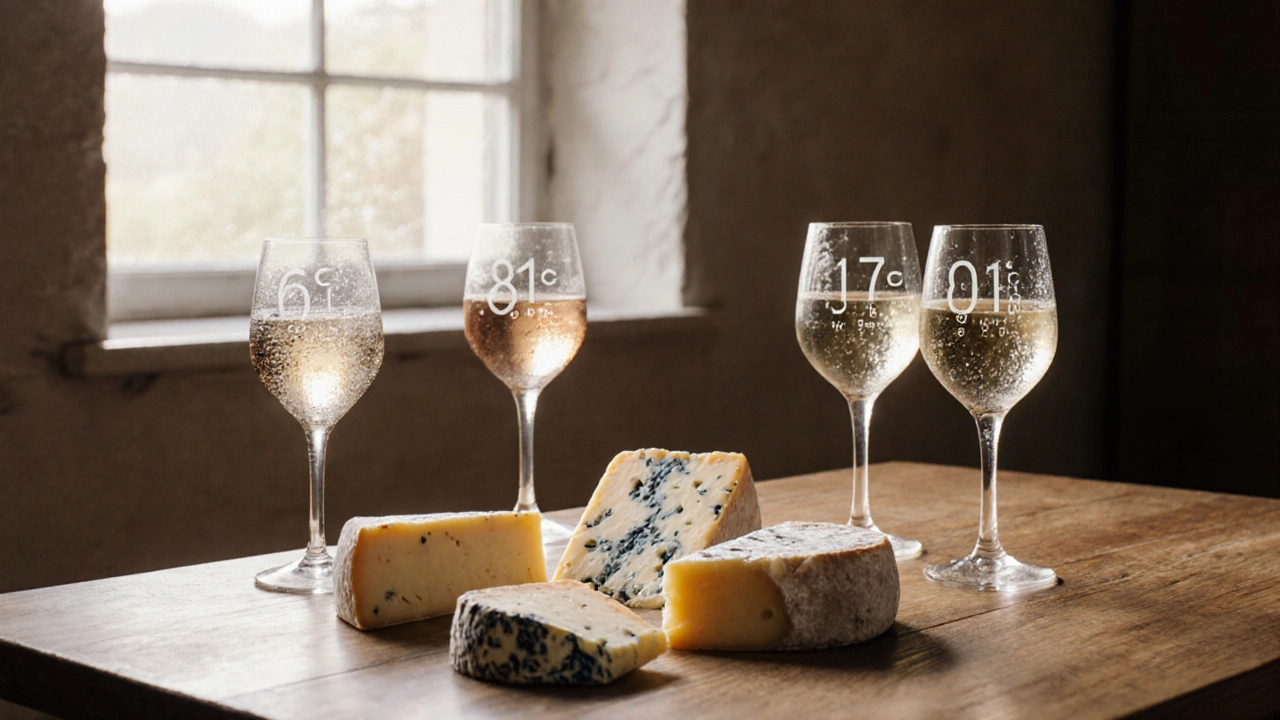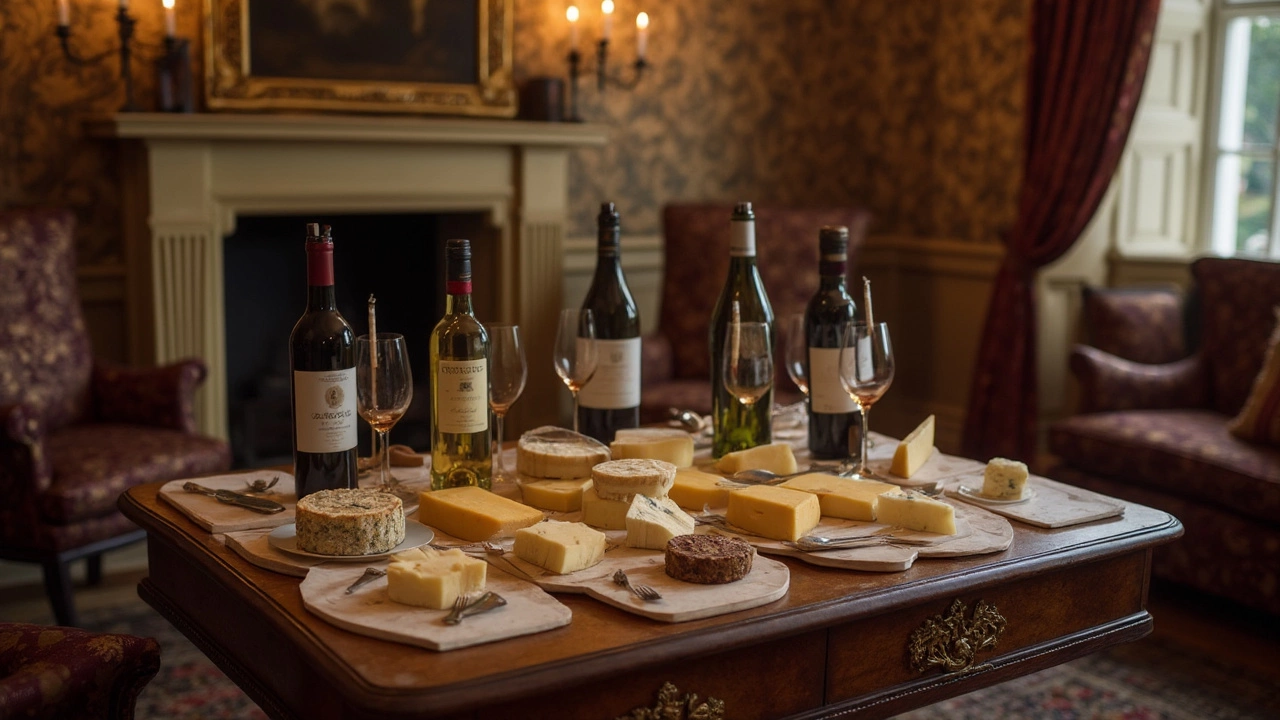Best Wine for Cheese: Top Picks and Pairing Tips
If you love cheese plates, you know the right wine can turn a snack into a celebration. But figuring out which wine goes best with which cheese can feel like a guessing game. The good news? You don’t need a sommelier. A few simple rules and a handful of reliable wines will have you serving perfect combos every time.
Why Pairing Matters
Wine and cheese share the same basic ingredients – fats, proteins, and sugars – so they naturally complement each other. A wine’s acidity can cut through rich, creamy cheese, while its fruit notes highlight sharp flavors. Conversely, a wine that’s too sweet or too heavy can mask a cheese’s subtleties. Understanding this balance helps you pick a wine that lifts the cheese rather than overpowers it.
Top Wine Picks for Popular Cheeses
1. Fresh Goat Cheese – Sauvignon Blanc
Goat cheese is tangy and light. A crisp Sauvignon Blanc with bright citrus and green herb notes matches the cheese’s acidity and keeps the palate fresh.
2. Brie or Camembert – Chardonnay (unoaked)
The buttery texture of Brie pairs well with an unoaked Chardonnay. The wine’s subtle oak-free vanilla and apple flavors echo the cheese’s creamy mouthfeel without adding extra richness.
3. Aged Cheddar – Cabernet Sauvignon
Aged cheddar is sharp and nutty. A medium‑body Cabernet with firm tannins, dark fruit, and a hint of spice balances the cheese’s intensity and cuts through its fat.
4. Blue Cheese – Port or Sweet Riesling
Blue cheese is salty and pungent. The sweetness of a ruby Port or a late‑harvest Riesling softens the bite and creates a delightful contrast.
5. Manchego – Rioja
Manchego’s buttery, slightly nutty flavor shines with a Spanish Rioja. The wine’s red berry fruit and gentle earthiness complement the cheese’s firm texture.
These pairings work for most palates, but feel free to experiment. If a wine feels too strong, try a lighter version or add a splash of water to open it up. If a cheese tastes flat, a touch more acidity in the wine can revive it.
When you set up a cheese board, think about the order. Start with milder cheeses and lighter wines, then move to stronger cheeses and fuller-bodied wines. This progression lets your taste buds adjust without getting overwhelmed.
Finally, remember temperature matters. Serve white wines chilled (45‑50°F) and reds slightly below room temperature (60‑65°F). Proper temps keep flavors bright and prevent the wine from tasting dull.
With these basics, you can build a cheese board that impresses friends, suits any occasion, and most importantly, tastes great. Grab a bottle, pick a cheese, and enjoy the easy magic of a perfect wine‑and‑cheese match.
Learn how to properly pair cheese and wine with simple, science-backed rules. Avoid common mistakes and discover what works - from temperature to intensity matching - for real, delicious results.
View DetailsPairing wine and cheese doesn’t have to be a puzzle. This article breaks down easy, reliable matches between popular cheeses and wines, shows what works (and what flops), and throws in interesting tips along the way. Expect practical advice you can actually use at your next get-together or quiet evening in. Forget the snobbery—discover real combinations that taste amazing together. Wine and cheese are meant to be fun, and you’ll walk away knowing exactly what to serve.
View DetailsDiscover the perfect pairings of wine and cheese that elevate both flavors to new heights. From classics like brie and chardonnay to unexpected delights such as blue cheese and dessert wine, this guide offers practical tips for pairing success. Learn how the textures, flavors, and aromas of both wine and cheese influence their combination. With insider tips and interesting facts, you'll feel more confident hosting your next wine and cheese night.
View Details



